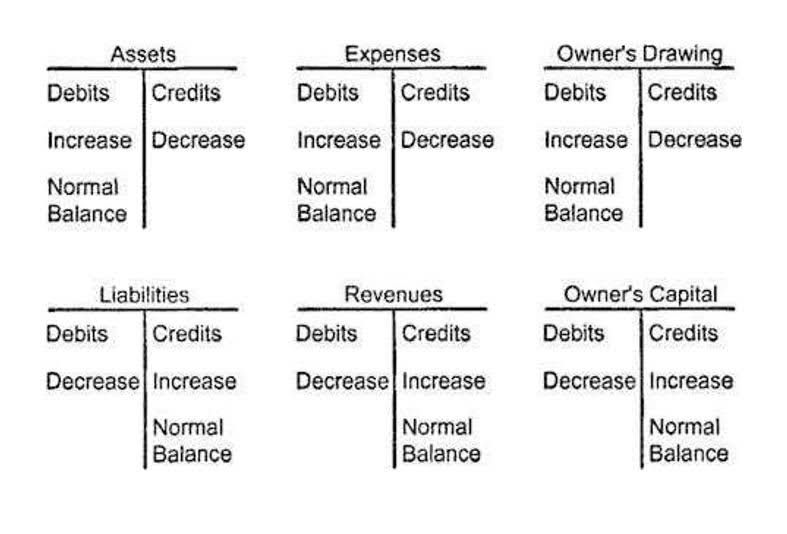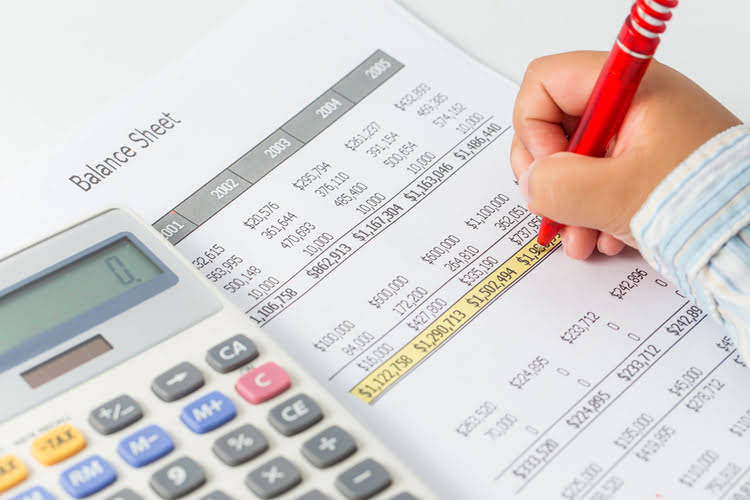
Additional paid-in capital is included in shareholder equity and can arise from issuing either preferred stock or common stock. The amount of additional paid-in capital is determined solely by the number of shares a company sells. Additional paid-in capital does not directly boost retained earnings but can lead to higher RE in the long term. Additional paid-in capital reflects is retained earnings a long term liabilities the amount of equity capital that is generated by the sale of shares of stock on the primary market that exceeds its par value. Retained earnings are affected by any increases or decreases in net income and dividends paid to shareholders. As a result, any items that drive net income higher or push it lower will ultimately affect retained earnings.

What is Accounts Receivable Collection Period? (Definition, Formula, and Example)
Note that a retained earnings appropriation does not reduce either stockholders’ equity or total retained earnings but merely earmarks (restricts) a portion of retained earnings for a specific reason. However, shareholders’ equity is just one of many metrics an investor might consider when evaluating a company’s financial health. You can also measure a company’s financial health by reviewing its liquidity, solvency, profitability, and operating efficiency.
Balance Sheet Outline
In reality, bonds may be outstanding for a number of years, and related premiums and discounts can be substantial when millions of dollars of bonds are issued. These premiums and discounts are amortized using the effective interest method over the same number of periods as the related bonds are outstanding. The amortization of premiums and discounts is an intermediate financial accounting topic and is not covered here. When sinking fund bonds are issued, the corporation is required to deposit funds at regular intervals with a trustee.
Using Balance Sheet Data to Determine the Financial Health of a Business
Treasury stock can also be referred to as “treasury shares” or “reacquired stock.” Shareholders’ equity, as noted, is the total amount that a company could repay shareholders in the event of liquidation. Common stock shareholders are last in line for repayment in the event a public company files for bankruptcy. The number for shareholders’ equity is calculated simply as total company assets minus total company liabilities. Investors and corporate accounting professionals look to shareholders’ equity (SE) to determine how a company is using and managing its initial investments and to determine the company’s valuation.
Balance Sheet Forecasting Guide
Corporate bond issuers are thereby protected in the event that market interest rates decline below the bond contract interest rate. The higher interest rate bonds can be called to be replaced by bonds bearing a lower interest rate. Contingent assets, on the other hand, are not recorded until actually realized. If a contingent asset is probable, it is disclosed in the notes to the financial statements. Examples include accounts payable, unearned revenues, and payroll liabilities. These are different from estimated current liabilities where the amount is not known and must be estimated.
- This, of course, depends on whether the company has been pursuing profitable growth opportunities.
- Don’t forget to record the dividends you paid out during the accounting period.
- A contingent liability exists when it is not probable or it cannot be realiably estimated.
- To understand it’s limitations better, let’s take a look at several factors that are not accounted for in GDP.
- Financial statements are essential for investors, creditors, and management to make informed decisions about an organization’s financial performance, investment potential, and creditworthiness.
Typically, the main balance sheet section of a model will either have its own dedicated worksheet or it will be part of a larger worksheet containing other financial statements and schedules. Before we dive into individual line items, here are some balance sheet best practices. Also called the “Acid Test”, the Debt to Equity ratio measures the ability of the company to use its current assets to retire current liabilities. A high result indicates that a company is financing a large percentage of its assets with debt, not a good thing.

Graphic Packaging Holding Company Reports Second Quarter 2024 Financial Results
If you can tolerate some risk, though, now is a great time to scoop up shares of this cybersecurity giant. As mentioned above, technical glitches do happen — and this one doesn’t have anything to do with CrowdStrike’s ability to protect its customers from cyberattacks. First, let’s take a quick look at CrowdStrike’s business and at exactly what happened over the past few days. CrowdStrike stands out in the world of cybersecurity because its platform is entirely cloud-based and driven by artificial intelligence (AI). The Falcon platform collects data from across a company, and this information is used to train CrowdStrike’s AI to protect that customer from threats. Customers can select from among 28 security modules or use them all in one Falcon platform.
After the Biggest IT Outage in History, Is CrowdStrike a Stock to Avoid…or a Bad-News Buy?
This figure is typically the largest line item in the shareholders’ equity calculation. You can find a company’s retained earnings on its balance sheet under shareholders’ equity or in a separate statement of retained earnings. The number for shareholders’ equity also includes the amount of money paid for shares of stock above their stated par value, known as additional paid-in capital (APIC). This figure is derived from the difference between the par value of common and preferred stock and the price each has sold for, as well as shares that were newly sold. A loan is a form of long-term debt that can be used by a corporation to finance its operations.


Growing cash reserves often signal strong company performance; dwindling cash can indicate potential difficulties in paying its debt (liabilities). However, if large cash figures are typical of a company’s balance sheet over time, it could be a red flag that management is too shortsighted to know what to do with the money. When a company retains income instead of paying it out in dividends to stockholders, a positive balance in the company’s retained earnings account is created.
- In general, a number below 50% indicates a company that is heavily leveraged.
- As such, the statement of changes in equity is an explanatory statement.
- Contingent liabilities are neither a known liability nor an estimated liability and are not recorded if they are determined to exist.
- It is universally available for all U.S. public corporations, but may be difficult to obtain from private firms.
- The total amount of the stockholders’ equity section is the difference between the reported amount of assets and the reported amount of liabilities.
- This decrease was partially offset by an increase in investment yields due to higher interest rates.
In financial modeling, it’s necessary to have a separate schedule for modeling retained earnings. The schedule uses a corkscrew-type calculation, where the current period opening balance is equal to the prior period closing balance. In between the opening and closing balances, the current period net income/loss is added and any dividends are deducted. Finally, the closing balance of the schedule links to the balance sheet. This helps complete the process of linking the 3 financial statements in Excel.
